The Nanjing University Art Museum is situated in the ancient city of Jinling, known for its rich history and prestigious reputation, established by the century-old Nanjing University. After its opening, the museum hosted a centennial calligraphy and painting exhibition in commemoration of the one-hundredth anniversary of Mr. Li Ruiqing's passing on the first floor of the Xingyun Building. Leveraging the museum's high-tech guided tour functionality, the exhibition provided visitors with an unprecedented and immersive experience. Particularly notable was the guided tour system, where the audio seamlessly followed the movement of the guide, creating heightened anticipation and curiosity among the audience for this new art museum.
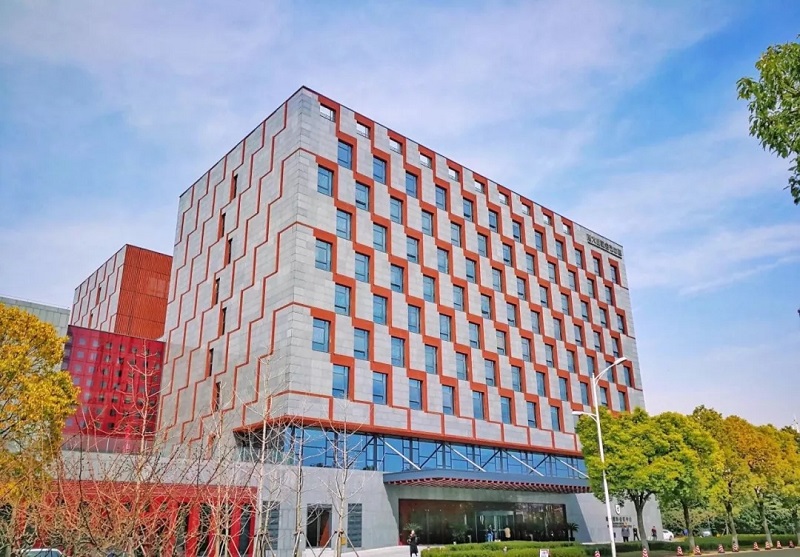
The audio and guided tour features of the Nanjing University Art Museum are entirely powered by the independently developed ControlMax Smart Guided Tour System from PCI Company. The entire venue is divided into ten different zones for regional synchronized sound reinforcement. These ten zones collectively utilize 21 QSC AD series high-quality speakers, 2 QSC CX168 amplifiers, 16 indoor low-power perception base stations, and three perception beacons. The audio signal processing and routing tasks are handled by a Q-SYS system audio processor, CORE 110F. In the main conference area, an additional audio cabinet is equipped with a QSC TouchMix-16 mixer, two Sennheiser wireless microphone receivers, allowing direct transmission of audio signals to two QSC K12.2 powered speakers and ceiling speakers, effectively minimizing line loss and saving on operating costs.
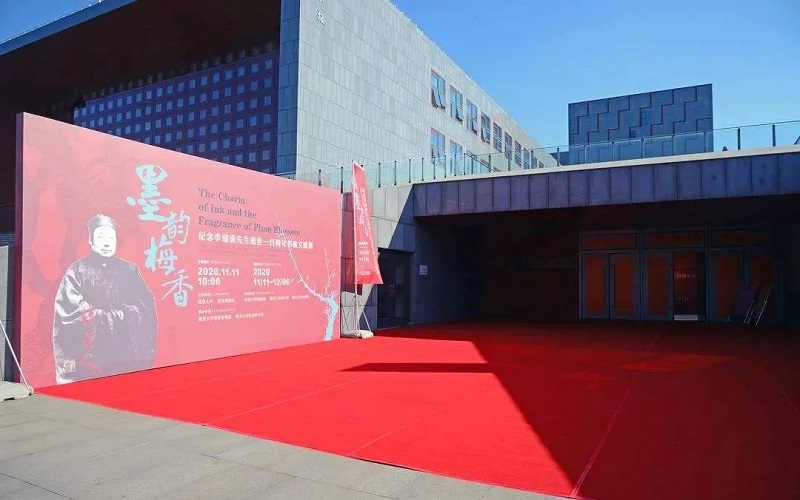
南京大学美术馆的音频和导览功能全部采用佳联公司自主研发的ControlMax智能导览系统。整个场馆划分为十个不同的分区进行区域联动扩声,十个分区共使用了21只QSC AD系列高品质扬声器、2台QSC CX168功放、16个室内低功版感知基站以及三块感知信标。音频信号的处理、路由工作全部由一台Q-SYS系统音频处理器CORE 110F完成。在主演发布会区域还额外配一个音频机柜,机柜中安装了一台QSC TouchMix-16调音台,两只Sennheiser无线话筒手持接收机,这样一来可以直接将音频信号通过调音台发送到两只QSC K12.2有源扬声器以及天花吸顶扬声器中,通过这样的设计避免了大量的线路损耗,并节省了使用成本。
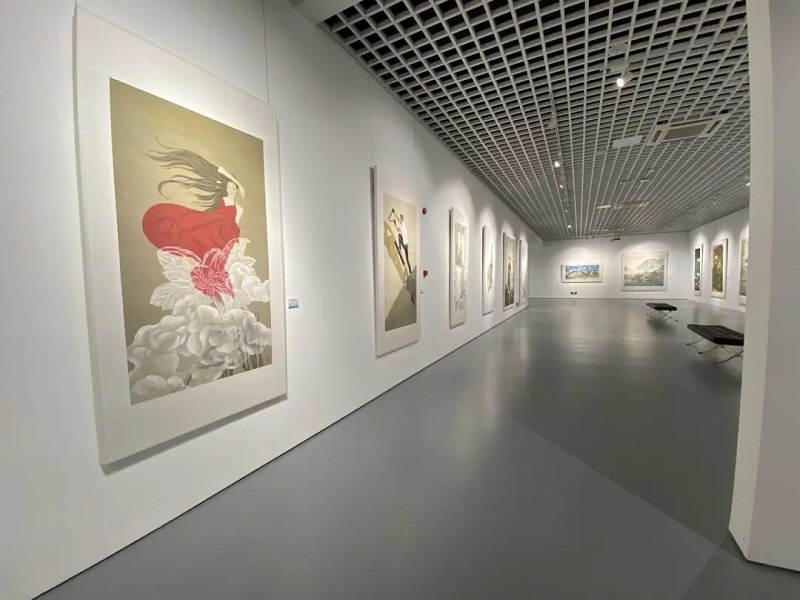
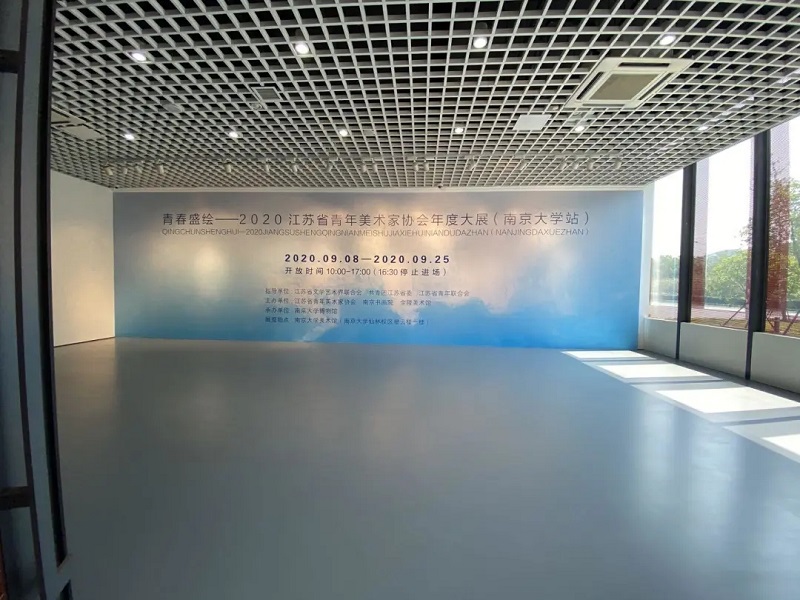
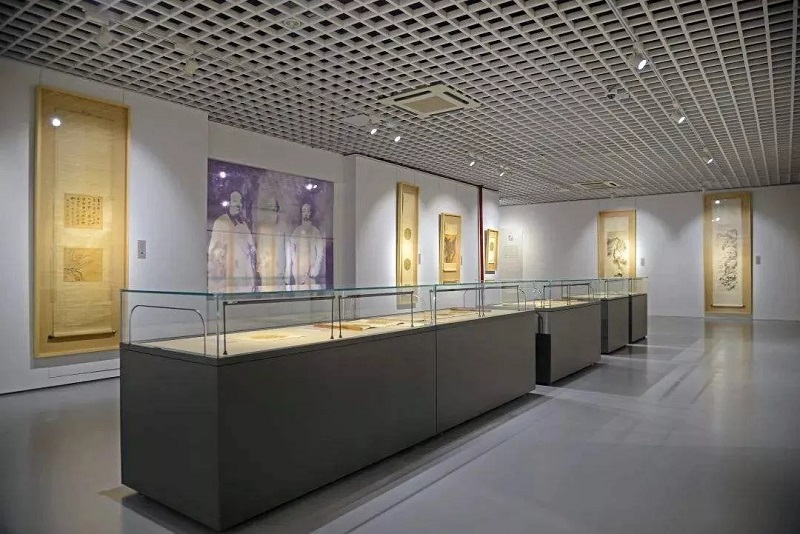
To achieve superior audio quality, the entire museum's background music is played using the lossless audio player built into the Core host.
The UCI user interface enables synchronized linked control, including seamless automatic switching of audio signals and control signals for each zone. It also allows manual switching modes. Additionally, the UCI user interface presents a clear overview of audio signals, location signals, and the status of servers/beacons for each zone.
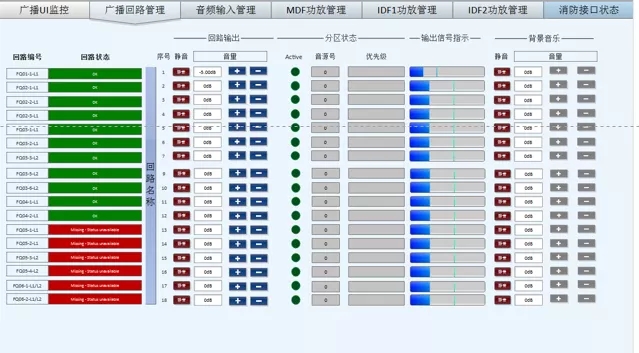
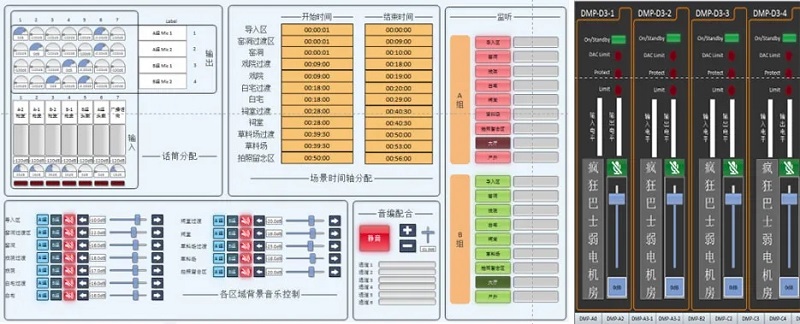
Unveiling the ControlMax Smart Guided Tour System:
Guided Tour Sound Amplification:
Enhances sound quality when the guide enters a specific display area, automatically activating guided tour sound amplification mode, delivering concert-level sound quality, adjustable listening coverage, and controlled sound pressure levels.
2.Enhanced Management:
Program content is easily managed and controlled. The volume of the original background music in the speakers can be gradually faded in or out. During the exhibition, staff can monitor preset music playback in real-time, and edit preset program content or make temporary changes as needed.
3.Lighting Control:
Collaborative control of the lighting system, with customizable presets for illumination or lighting effects using timecodes and lighting control protocols.
4.Prop Actions:
Collaborative or controlled mechanical props. If exhibits include models or other electromechanical props that require coordination, ControlMax allows synchronized control through timecodes and other control methods.
5.Paging and Emergency Alerts:
Configurable for zone-specific paging, linked with the fire alarm system. In case of emergencies like a fire alarm, the system can be forcibly switched to the fire broadcast mode.
6.Configurable Priorities:
Different priority levels can be set for guides. After a high-priority guide leaves, the signal automatically switches back to a low-priority guide without manual intervention, achieving automated switching.
7.Environmental Noise Auto-Detection:
Background noise microphones can be configured to automatically raise the sound reinforcement volume when ambient noise is high, ensuring clear and accurate guide explanations.
8.Support for Different Positioning Methods and Precision:
Offers more precise positioning methods and accuracy, unaffected by irregular shapes in the exhibition environment. It accurately perceives the activity range and enables simultaneous operation in multiple zones without mutual interference. Specific personnel perception ensures that preset voice or other actions in the exhibition area can only be triggered by individuals with special beacons, avoiding interference from other signals. When the beacon is activated, the system operates automatically, and when the beacon is turned off, the system automatically shuts down.



















